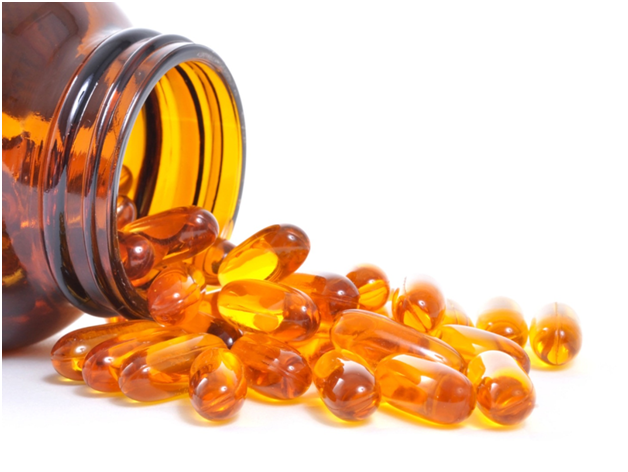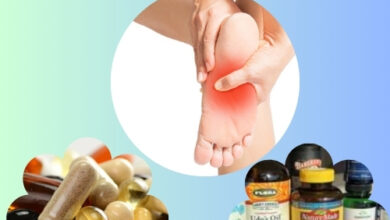Vitamin D Increases Risk Of Falls In Older Adults And Does Little To Prevent Functional Decline

The vitamin is additionally thought to have a defensive impact against subjective decay among more established grown-ups with debilitated or harmed hip, knee and lower leg joints. In any case, new research distributed online in JAMA Internal Medicine proposes something else.
Results from a clinical trial drove by scientists at the University Hospital Zurich demonstrate that higher month to month dosages of vitamin D offer no advantages on low furthest point capacity among grown-ups matured 70 and more seasoned. Rather, month to month dosages were connected to an expanded danger of falls among the gathering.
In the study, Bischoff-Ferrari and her group gathered and broke down information from 200 individuals, 58 percent of which were vitamin D insufficient toward the begin of the trial. The gathering was arbitrarily isolated into three study bunches with month to month medications, including a low-measurement control bunch accepting 24,000 IU (global units) of vitamin D; a gathering getting a high dosage of 60,000 IU of vitamin D; and another gathering getting 24,000 IU of vitamin D, in addition to 300 mcg of the metabolite calcifediol; it’s viewed as the best marker of the body’s vitamin D levels.
They found that of the companion, 60.5 percent fell amid the 12-month treatment period. The gathering that got high measurements of vitamin D, and in addition the gathering that got 24,000 IU of vitamin D in addition to calcifediol had an essentially higher rate of fallers — 66.9 percent and 66.1 percent, individually — contrasted with the gathering that got a low dosage of vitamin D.
Albeit higher month to month measurements of vitamin D were compelling in offering members some assistance with reaching an edge of no less than 30 ng/mL of 25-hydroxyvitamin D — the sum expected to manage bone thickness, calcium assimilation, and to minimize danger of conditions that prompt a softening and debilitated of bones, per the Institutes of Medicine — they had no advantage on the capacity of lower limits or diminished danger of falling.
Contrasted and a month to month standard-of-consideration measurement of 24,000 IU of vitamin D3, two month to month higher dosages of vitamin D gave no advantage on the counteractive action of utilitarian decay and expanded falls in seniors 70 years and more seasoned with an earlier fall occasion,” study creators composed. “In this way, high month to month measurements of vitamin D or a mix of calcifediol may not be justified in seniors with a former fall due to a possibly malicious impact on falls. Future examination is expected to affirm our discoveries for every day dosing regimens.”
By : Natural Health News




